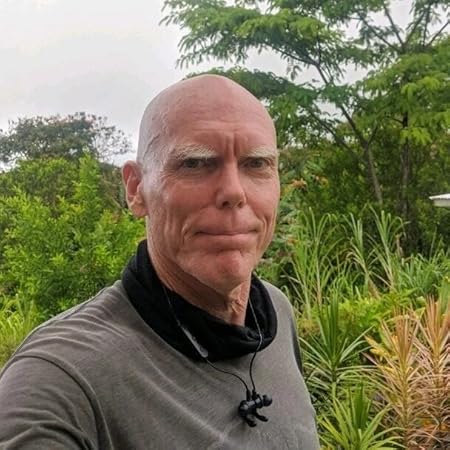Michael Silverton
Michael Silverton’s Stanford thesis, Information Superdriveway: The Social Informatics of Residential Fiber Optic Computer Networks was the expression of his 1991 vision for a universal high speed symmetric Ethernet network; available not to just business and government, but to everyone. The title Information Superdriveway extended early, if grossly over simplified, analogies of internet-as-roadway connecting everyday users to the information city streets, regional expressways, and ultimately the global information superhighway popularized by former U.S. Vice President Al Gore. He subsequently co-architected, and built the world’s first all fiber optic Ethernet To The Home (ETTH) networks in Palo Alto, California in the late 1990s.
Today, the same Ethernet Passive Optical Network (EPON) technology that was first deployed in a small south Palo Alto garage, is now being used to provide 10 to 100 times faster local internet access to both business and residential customers from central Rwanda to developing China. Fiberhood Networks was the original Ethernet First Mile (IEEE 802.3ah) company to build and operate 10Mbps, 100Mbps, and 1Gbps ETTH technologies in a fully operational residential context.
Michael also served as Founding Director of the Bay Area Open Access Alliance, one of the first organizations to introduce and advocate for a U.S. public policy commitment to “Universal Open Access” and Symmetric Bandwidth for residential as well as business internet customers by speaking at a series of public press conferences and participating on panels such as the annual Marin-based Telestructure II conference, sponsored by Autodesk.
In the pre-internet era, he also served as Assistant Net Coordinator for San Diego Net202 Fidonet, a global computer network of BBS operators that distributed both independent SysOp and Usenet newsgroups through a global, volunteer, peer-to-peer dialup network; essentially, a modem-to-modem precursor “the” internet as we know it, today. Assisting David Lentz in San Diego, California, the two kept Net202 running using a combination of satellite relays, landline telephone, line-of-site wireless technologies, DOS, and OS/2 servers in the early to mid 1990s.
Most recently, as a student of the nature of intelligence, transhumanism, and a member of the Methuselah Foundation’s Mprize 300, Michael has turned his attention even more so toward the human factors of technological innovation and diffusion; including participation in Concordia University and NASA Ames Interpersonal Human Relations Management research; the first double-blind scientific studies to quantify the effect of specific types of training upon teams that will eventually participate in complex Mars missions.
Michael also helped coordinate volunteers to succeed in conducting the first ever Space Elevator Games, sponsored by the Spaceward Foundation. He brings a history of practical foresight, innovation, and community involvement to his commitment and passion for exploring creative, adaptive new architectures of mind, policy, and technology upon which to build a wholly sustainable human future.
